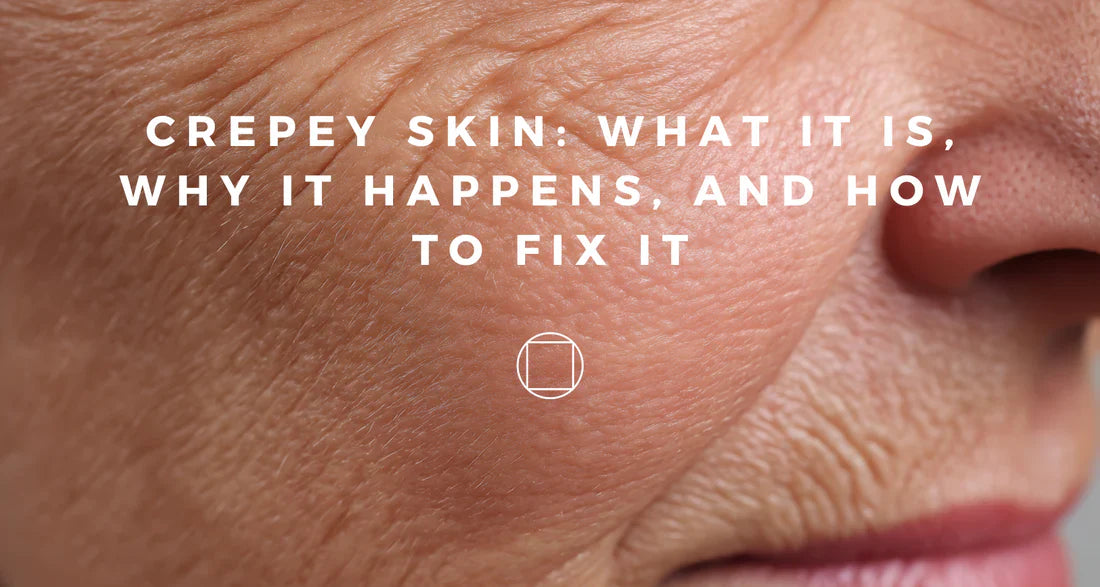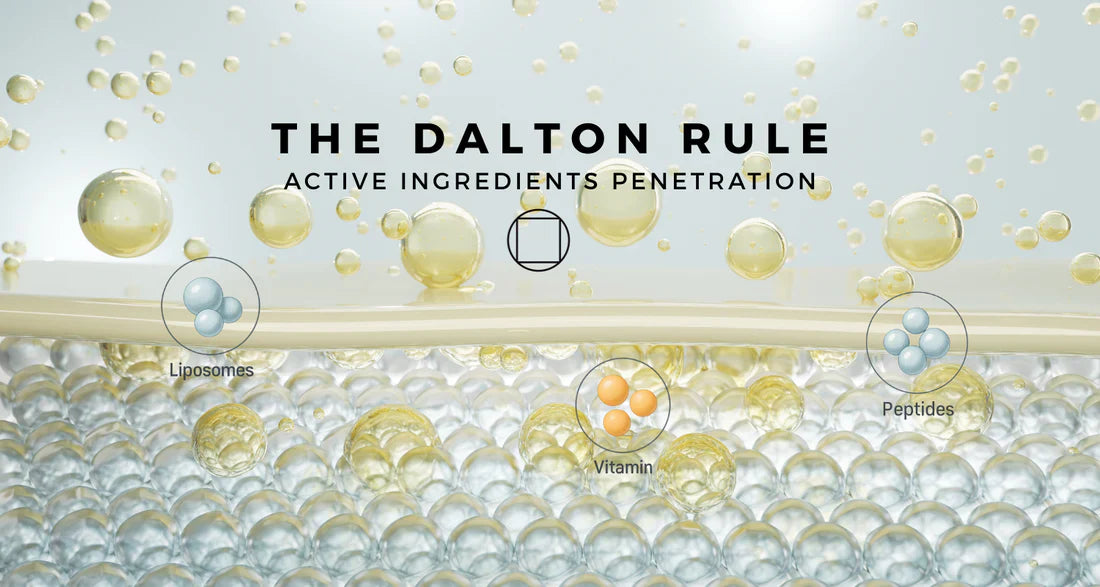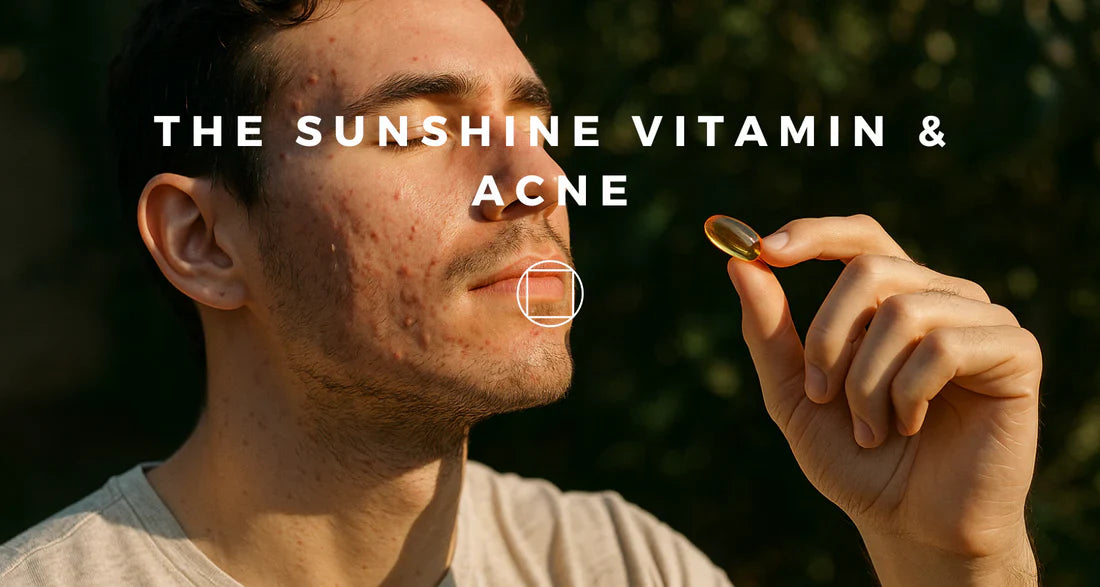
Crepey Skin: A Professional Perspective on an Increasingly Common Concern
Crepey skin, also referred to as thinning or atrophic skin, is a frequent aesthetic concern, particularly among women over the age of 40. Characterized by a fragile, finely wrinkled texture that resembles crepe paper, this condition signals a decline in skin structure and function that can significantly impact client confidence and satisfaction.
For skincare professionals, understanding the underlying causes, clinical presentation, and effective treatment strategies is essential for delivering personalized, evidence-based results.
What Is Crepey Skin? A Clinical Overview
Crepey skin typically presents as:
-
Thinning of the epidermis and dermis
-
Fine lines and a crinkled surface texture
-
Loss of elasticity and resilience
-
Dry, rough, and poorly hydrated skin
-
Increased fragility, often prone to bruising or tearing
Commonly affected areas include the upper arms, décolleté, inner thighs, neck, and hands—all regions that tend to receive high cumulative sun exposure.
Key Contributing Factors
☀️ Photoaging (UV-induced degradation)
Chronic sun exposure remains the primary contributor. Ultraviolet radiation breaks down collagen and elastin, impairs skin cell regeneration, and accelerates the aging process. Prevention through broad-spectrum sun protection remains fundamental.
⏳ Intrinsic Aging
With age, the skin naturally loses its capacity to produce collagen, elastin, and hyaluronic acid. The slower cellular turnover and diminished repair mechanisms make the skin more vulnerable to atrophy.
🍭 Glycation (Sugar-induced stiffness)
A lesser-known but clinically significant factor, glycation stiffens collagen and elastin fibers through the formation of Advanced Glycation End Products (AGEs). This leads to decreased skin elasticity and premature aging.
🍽️ Nutrient Deficiencies and Malabsorption
Low levels of vitamins A, C, E, D, and minerals like zinc, copper, and selenium compromise dermal regeneration. Additionally, impaired gut health or malabsorption syndromes (e.g., leaky gut) can prevent effective nutrient uptake—even when diet is adequate.
⚖️ Weight Loss and Hormonal Changes
Significant weight fluctuations and estrogen decline during menopause result in loss of skin tone and collagen density. These internal shifts should be considered when creating tailored treatment plans.
🚬 Smoking and Oxidative Stress
Smoking accelerates the breakdown of structural proteins, reduces skin oxygenation, and increases the presence of free radicals—making it one of the most aggressive lifestyle factors in skin aging.
Comprehensive Strategies: Internal and Topical Approaches
🔬 Internal Support (Nutricosmetics and Supplementation)
Professionals should recommend clinically validated nutraceuticals to support skin health from within:
-
Hydrolyzed collagen peptides (Type I & III) to restore dermal matrix integrity
-
Vitamin C (liposomal or buffered) to enhance collagen synthesis
-
Hyaluronic acid to support deep tissue hydration
-
Essential fatty acids (Omega-3, Omega-6) for barrier repair and anti-inflammatory support
-
Antioxidant complexes (polyphenols, flavonoids, vitamins A/E/selenium) to counter oxidative damage
-
Bone broth or glucosamine to nourish the extracellular matrix
These should be paired with lifestyle recommendations focused on hydration, low-sugar diets, and gut health optimization.
💼 Topical Interventions
Topical treatments should be selected based on the client’s skin type and tolerance:
-
Retinoids (retinol, retinaldehyde): Promote cellular renewal and collagen production
-
L-ascorbic acid (Vitamin C): Provides antioxidant protection and brightening
-
Alpha Hydroxy Acids (AHAs) like mandelic acid: Stimulate exfoliation and improve texture with low irritation
-
Beta Hydroxy Acids (BHAs) like salicylic acid: Aid in surface renewal and inflammation control
-
Peptide-based formulations: Encourage fibroblast activity and skin tightening
Ensure clients apply active treatments to slightly damp skin post-shower, when permeability and absorption are highest.
Best Practices for Skincare Professionals
-
Perform thorough consultations to assess lifestyle, hormonal status, and skin history
-
Combine in-clinic treatments (e.g., microneedling, radiofrequency, LED therapy) with home care protocols
-
Educate clients about realistic expectations—crepey skin improves over time with consistency
-
Reinforce sun protection as a non-negotiable daily habit
Conclusion: Empowering Results Through Professional Insight
Crepey skin is more than a cosmetic issue—it’s a multifactorial condition that reflects both internal and external imbalances. By integrating targeted supplementation, topical science, and personalized care, skincare professionals can dramatically enhance skin texture, elasticity, and resilience for their clients.


